The noise cancellation function is very important for headphones. Firstly, it reduces noise, preventing excessive volume amplification, thus minimizing damage to the ears. Secondly, it filters noise to improve sound quality and call quality.
Noise cancellation can be divided into passive noise cancellation and active noise cancellation.
Passive Noise Cancellation refers to physical noise cancellation, which utilizes physical properties to isolate external noise from the ears. This is mainly achieved by designing tighter headbands, acoustically optimizing earcup cavities, and placing sound-absorbing materials inside the earcups, among other methods, to achieve physical sound isolation. Passive noise cancellation is very effective at blocking high-frequency sounds (such as human voices), typically reducing noise by about 15-20dB.
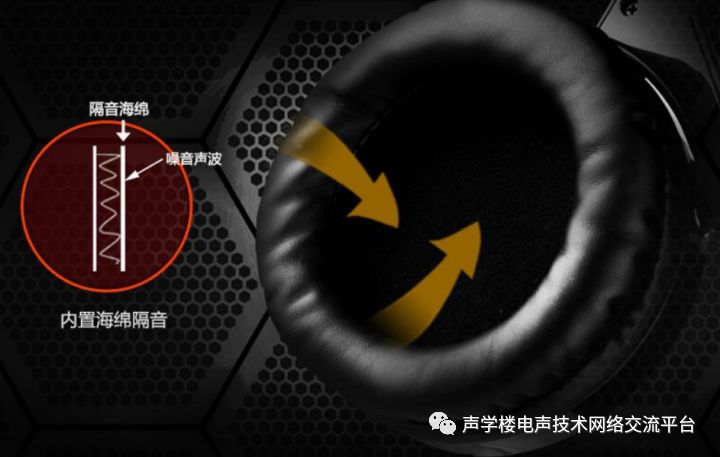
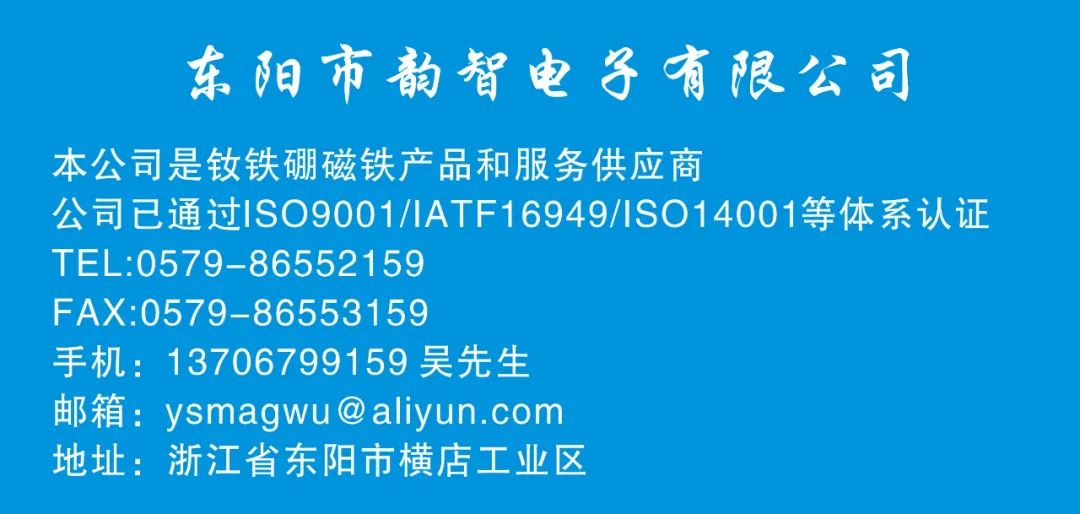
Active Noise Cancellation refers to the technologies like ANC, ENC, CVC, and DSP that manufacturers promote when advertising headphone noise cancellation features. What are the principles and functions of these four types of noise cancellation?
ANC Noise Cancellation
ANC (Active Noise Control) works by using a microphone to collect external environmental noise, then the system generates an inverse sound wave that is added to the speaker end. Ultimately, the sound heard by the human ear is: environmental noise + inverse environmental noise. The superimposition of these two noises achieves a sensory reduction in noise, benefiting the user.
Active noise cancellation can be divided into feedforward active noise cancellation and feedback active noise cancellation based on the position of the pickup microphone.

ENC Noise Cancellation
ENC (Environmental Noise Cancellation) effectively suppresses 90% of reverse environmental noise, thereby reducing environmental noise by up to 35dB, allowing gamers to communicate freely. It uses a dual-microphone array to accurately calculate the direction of the speaker’s voice while removing various background noise.
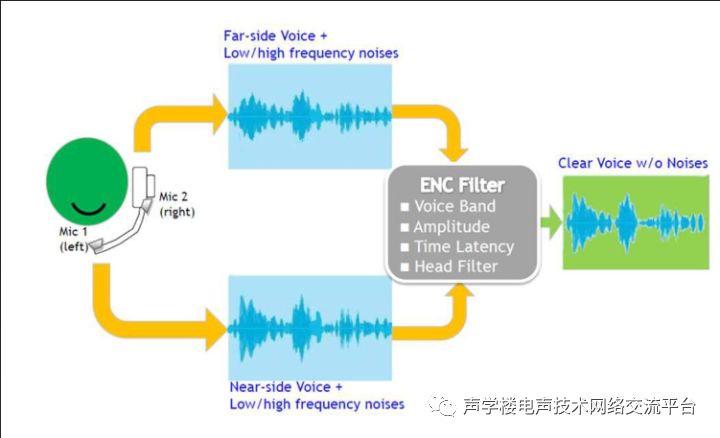
DSP Noise Cancellation
DSP stands for Digital Signal Processing. It mainly targets high and low-frequency noise. The working principle involves a microphone collecting external environmental noise, and the system replicates an equal inverse sound wave to cancel out the noise, achieving better noise cancellation effects. The principle of DSP noise cancellation is similar to that of ANC noise cancellation, but in DSP, the forward and reverse noises cancel each other out directly within the system.
CVC Noise Cancellation
CVC (Clear Voice Capture) is a noise cancellation technology for call software. It mainly addresses echo generated during calls. Using full-duplex microphone noise cancellation software, it provides echo and environmental noise elimination during calls, making it the most advanced noise cancellation technology currently available in Bluetooth headsets.
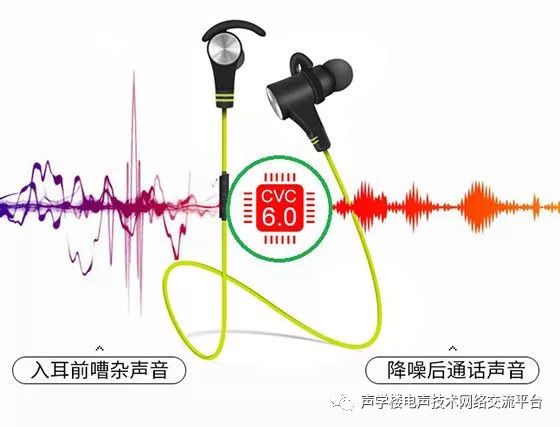
The main beneficiary of DSP technology (eliminating external noise) is the headphone user, while CVC (eliminating echo) mainly benefits the other party on the call.
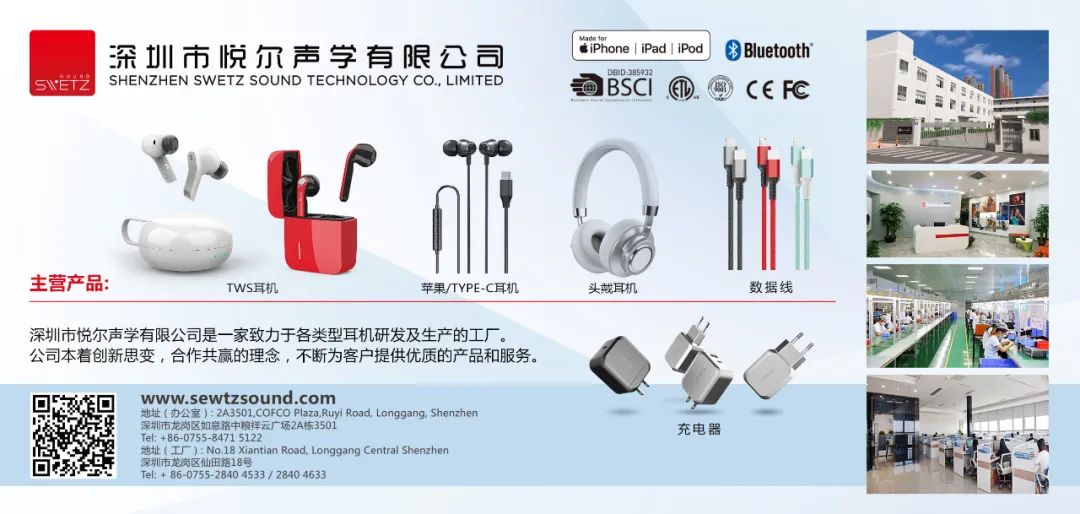
Disclaimer:This public account reproduces this article for non-commercial educational and popular science purposes, and does not imply support for its views or verification of its content’s authenticity.Copyright belongs to the original author. If the reproduced article involves copyright issues, please contact us immediately, and we will make changes or delete it to ensure your rights!
Source: Zhihu


-
[Apology Letter for Pandemic Delay] 2021 3rd Shenzhen International Digital Audio Industry Exhibition
-
Chen Lixin: What is the current state of China’s audio industry in the post-pandemic era?
-
Discussing the future development pattern of China’s audio industry – Interview with Researcher Li Xiaodong from the Institute of Acoustics, Chinese Academy of Sciences
-
Focusing on the deep integration development of the audio industry and technology – Interview with Liu Xiaotong, President of Shenzhen Audio Industry Association
-
2021 3rd Shenzhen International Digital Audio Industry Exhibition (IDAIE) look here!
-
The first group standard drafting meeting for “General Technical Requirements for Wireless Headphone Dynamic Drivers” was successfully held in Shenzhen!
